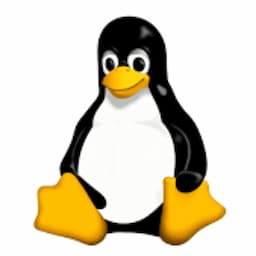Nous utilisons des cookies pour vous fournir l'ensemble de nos services, notamment la recherche et les alertes. En acceptant, vous consentez à notre utilisation de ces cookies.
Choisir mes préférences

Introducing the Linux kernel (architecture, compilation)
Introducing the kernel development APIkernel module API
char, network and block devices
kernel support for PCI, USB and platform device
Introducing the device tree
Debugging and profiling kernel and drivers
A practical work is available for each item with a “star” (*).
Linux developers, Linux projects managers
Matériel :
The training materials are provided as an .ova (Open Virtual Archive) file. It is therefore necessary to install VirtualBox on the target machine used by the trainee. In order to save time it is advisable to pre-install VirtualBox before the date of the training. Full installation (in order to have an optimized screen resolution) requires installing the extension pack, see: https://www.virtualbox.org/wiki/Downloads.
Supported operating systems are:
The following table shows the PC requirements (type of CPU, RAM, free space on the hard disk).
- CPU : i5 or better
- RAM : 4Gb or more
- Disk : 30 GB or more
Tous nos stages reposent sur une alternance entre transfert de savoir-faire et d’attitudes, avec des exercices concrets, des tests avec les participants et des analyses de situations. Cette méthode permet une appropriation rapide des sujets par les stagiaires.
Notre formateur s’appuie sur les connaissances préexistantes du stagiaire. Il combine diverses modalités pédagogiques : des exposés théoriques, des temps d’échanges, des études de cas, permettant à l’apprenant d’être acteur de la séance de formation.
Lors des formations en groupe, l’accent est mis sur l’interactivité, intégrant ainsi la possibilité de progresser en équipe et de réussir ensemble.
Le scénario de nos cours est adapté afin de faire directement référence aux attentes des stagiaires. Les exemples et exercices sont, dans la mesure du possible, au plus près des missions réalisées par vos collaborateurs.
En effet, notre processus de personnalisation d’accès à la formation nous conduit à choisir et combiner différentes méthodes classiques qui ont fait preuve de leur efficacité, en fonction des objectifs à atteindre et du public reçu en formation.
Infos
Trouver le bon CACESComprendre l'habilitation éléctriqueMentions légalesConditions d'utilisationNous utilisons des cookies pour vous fournir l'ensemble de nos services, notamment la recherche et les alertes. En acceptant, vous consentez à notre utilisation de ces cookies.
Choisir mes préférences